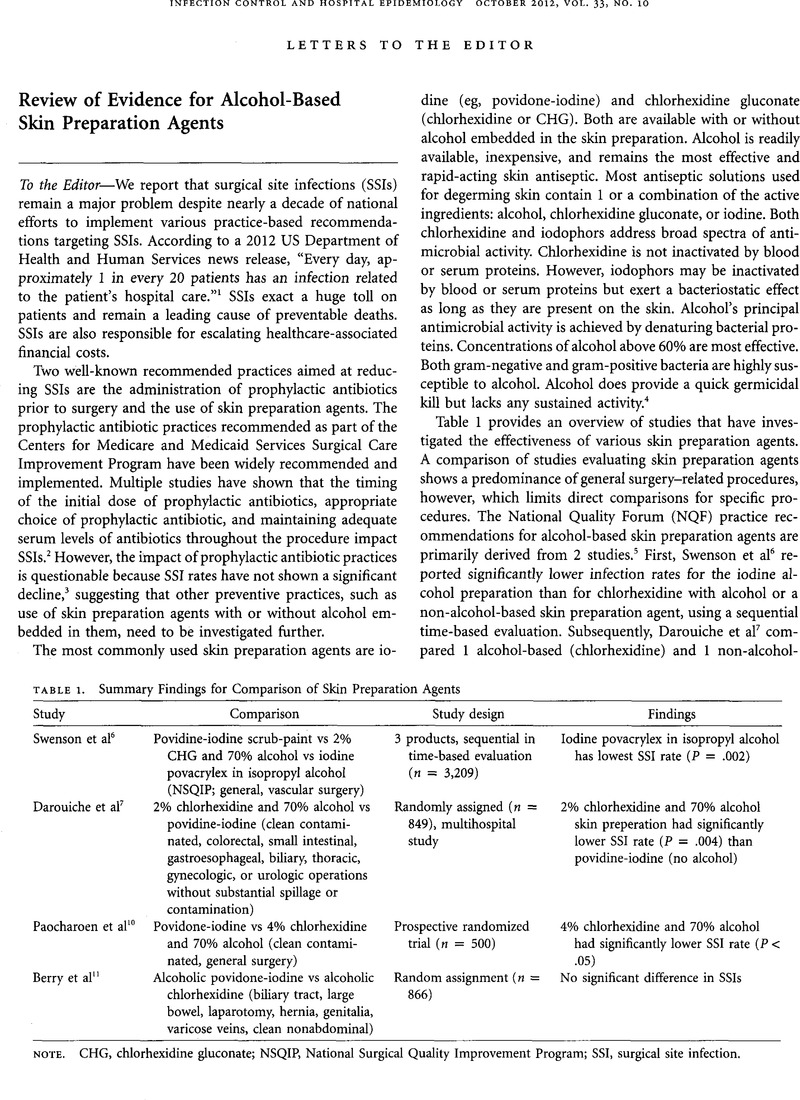Crossref Citations
This article has been cited by the following publications. This list is generated based on data provided by Crossref.
Talsma, AkkeNeel
Galecki, Andrzej
Chenoweth, Carol E.
Geun, HyoGeun
and
Campbell, Darrell A.
2013.
Baseline Measure of Alcohol-Based Skin Preparation Agents before 2011 National Quality Forum Recommendation in a General Surgery Population.
Infection Control & Hospital Epidemiology,
Vol. 34,
Issue. 11,
p.
1211.
Talsma, AkkeNeel
McLaughlin, Margaret
Bathish, Melissa
Sirihorachai, Rattima
and
Kuttner, Rafael
2014.
The Quality, Implementation, and Evaluation Model.
Western Journal of Nursing Research,
Vol. 36,
Issue. 7,
p.
929.
Liu, Jen-Yu
Chu, Hsiao-Sang
Wei, Yi-Hsuan
Cheng, Chia-Yi
Tsui, Mei-Chi
Wu, Jo-Hsuan
Huang, Wei-Lun
Liu, Hsin-Yu
Hou, Yu-Chih
Wang, I-Jong
Hu, Fung-Rong
and
Chen, Wei-Li
2021.
Review, analysis, and education of antiseptic related ocular injury in the surgical settings.
The Ocular Surface,
Vol. 22,
Issue. ,
p.
60.





